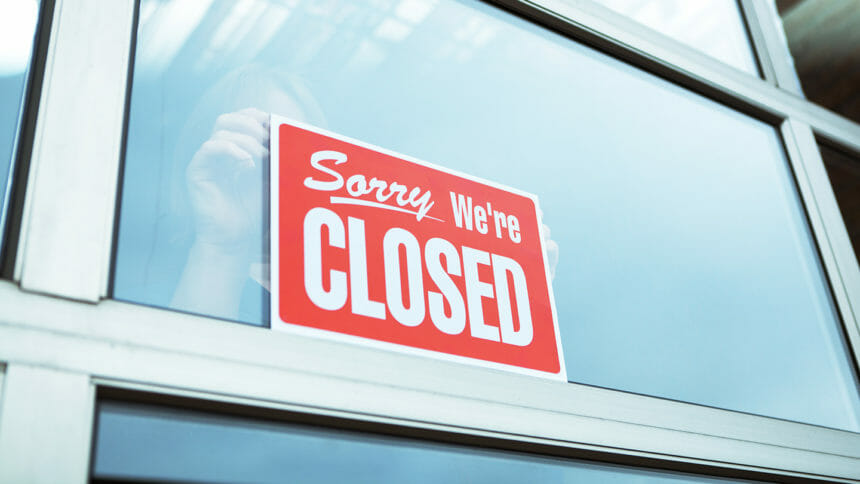
Publicly owned nursing homes, often unable to increase revenue without the express consent of elected officials or taxpayer referendums, are finding themselves increasingly on the brink of collapse by the combined effects of the lingering pandemic and worker shortages.
It’s a growing care-access issue that has caught the eye of providers and, to a lesser extent, policy makers nationwide.
Many of the roughly 1,000 government-run long-term care facilities, which include state-run veterans homes, are “struggling to find workers and recover after unprecedented staffing losses that occurred during the pandemic,” the American Health Care Association noted in a report earlier this month.
“As open positions continue to go unfilled, waitlists are growing, impacting seniors — including our nation’s veterans,” the report added.
The number of publicly owned and operated nursing homes has dwindled for more than a decade, as municipalities and states have divested healthcare assets they weren’t necessarily equipped to manage. There are 951 government-run nursing homes remaining in the US, AHCA said.
They provide critical access, especially in some rural areas and for low-income patients. But the increased operational and financial pressures have led more public bodies to sell off their nursing homes in recent years, and the trend shows no signs of slowing.
Widespread pressure points
In northwestern Pennsylvania, for example, Crawford County Commissioners confirmed earlier this month that they were considering selling the Crawford County Care Center, citing a deficit expected to reach $5.5 million by 2024.
They’re hoping to find a buyer to keep operating the 157-bed nursing home. But even that’s not necessarily a solution when maintaining access is a goal.
In Urbana, IL, the owner of a former public nursing home has asked the Champaign County Board twice to reconsider a restrictive covenant included in a 2019 sales agreement. It requires the building to remain a nursing home until 2028. But current owner William Rothner hasn’t paid the mortgage on what is now known as University Rehabilitation Center of C-U for eight months and has racked up millions of dollars in losses, according to local media. The 243-bed facility reported 39% occupancy as of Feb. 1.
“I would love to wave my magic wand and make it be different. It’s not going to happen,” Rothner said at a meeting earlier this month, telling the board a would-be buyer wants to convert the space into a substance-abuse treatment center.
But as more public facilities close, advocates are becoming increasingly uneasy over access to care.
That’s why in Urbana, Claudia Lennhoff, executive director of Champaign County Health Care Consumers, urged the board members to reject Rothner’s request.
“The fact of the matter is that Champaign County residents are being sent away from the county to be cared for in out-of-town nursing homes and rehab centers, which is a hardship to the patients and their loved ones,” she said.
Funding stranglehold
Public operators have little or no ability to balance nursing home losses with gains in other sectors, and they may not be able to take on debt without express permission. States and counties cannot operate in the red as many private-run facilities have done during the pandemic; they must balance their revenues and expenses each year.
The costs of recruiting staff, either permanent or temporary, has been especially hard on public facilities given those factors.
In New Hampshire, the Hillsborough County Nursing Home had roughly 140 people on a waitlist at the end of 2022, with some 60 beds held open because the facility had too few staff to accept more patients. At Maplewood Nursing Home, a county-run facility, 119 people were on a waitlist with one-third of its 150 beds offline.
In late February, staffing shortages were cited as the primary reason for low census at the Delaware Veterans Home. It had 76 open nursing positions. Secretary of State Jeffrey Bullock said that the facility — which experienced a 32% turnover rate in 2021 — is struggling to retain employees due to higher wages offered by private sector healthcare providers.
Some facilities also have considered adding assisted living to expand to another community service and offset the costs of providing skilled care. But in a familiar refrain, providers also worry about how to staff those possible new settings.




